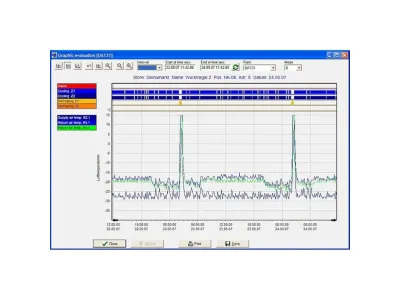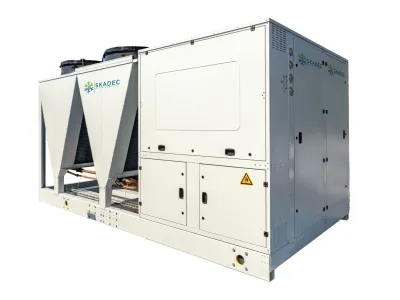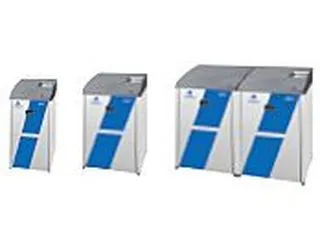EER - Energy Efficiency Ratio of refrigeration systems
Refrigeration Basics
EER - Energy Efficiency Ratio of refrigeration systems
The EER Energy Efficiency Ratio
describes the relationship between power consumption and discharged cooling capacity. It is determined under the following measuring conditions: 35 °C outside air temperature / 27 °C inside air temperature. Thus, the EER is determined analogously to the COP value.
EER = QK / PEL
EER Energy Efficiency Ratio
QK Cooling
Contents
Service Ad
Energy consultants
Commercial refrigeration
Commercial refrigeration
Programmers
Expert refrigeration system
cold.world ENGINEERING
Köpenicker Straße 325
Haus 11
12555 Berlin
Germany
Jobs






